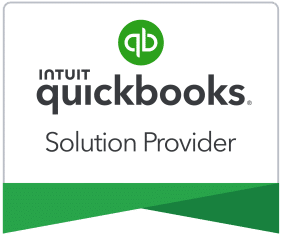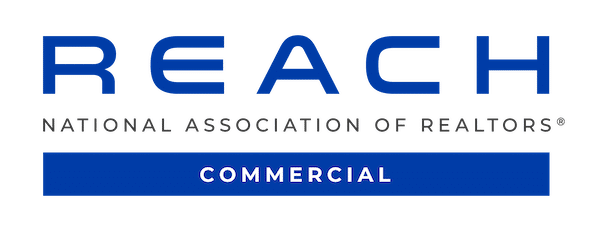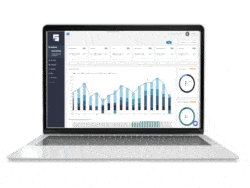Learn why it is vital that all commercial property management companies understand and know these three (3) key metrics. As a commercial property manager, you ensure your properties run smoothly.
But how do you measure your success? What key metrics should you consider to ensure your properties perform at their best? It can be hard to figure out what to begin looking at in your finances when you want to make informed business decisions.
We’re detailing three (3) key metrics that every property manager should track so they know where to start when purchasing a property or making changes to an existing investment.
Operating Expense Ratio (OER)
This metric measures the ratio of your operating expenses to your property’s income. A low operating expense ratio suggests you efficiently manage your property and keep costs low. A high operating expense ratio can indicate that you must reevaluate or calculate the operating expense ratio and look for ways to reduce costs.
As a commercial property management company, your job is to increase asset value. Maintaining a low operating expense ratio is imperative. It shows that you can do your job, and it provides the investor with confidence that they made the correct choice by hiring you.
It is important for investors to review and compare OER when considering several investment properties. You’ll want to look for red flags, such as high maintenance costs or utilities that negatively affect the property’s OER.
How is the operating expense ratio (OER) calculated?
To calculate operating expense ratio, it involves subtracting the asset depreciation from the asset operating expenses and then dividing the result by the gross revenue, as shown in the following operating expense ratio formula:
Operating Expense Ratio = (Operating Expenses – Depreciation) / Gross Revenue.
Net Operating Income (NOI)
The Net Operating Income (NOI) measures your property’s profitability. A high NOI indicates that your property generates significant income and will likely be profitable.
To improve your net operating income, you should look for ways to reduce your operating expenses while increasing your income. This can include reducing energy costs or improving your property’s marketing to attract more tenants.
How to calculate net operating income (NOI)?
The net operating income (NOI) is the result of subtracting all of the asset’s operating expenses from all of the asset’s generated revenue, as shown in the formula below:
Net Operating Income (NOI) = (Generated Revenue – Operating Expenses).
Capitalization Rate
The capitalization rate (aka cap rate) is a measure of your property’s return on investment – determined by dividing your property’s NOI by its current market value. The cap rate is important, but you should use it in combination with other metrics when making a purchase decision.
A high cap rate indicates that your property is generating significant income relative to its value, which means it can be a good investment, but a high cap rate also implies higher risk.
To improve your cap rate, you should look for ways to increase your NOI while maintaining your property’s value. This can include things like increasing rent rates, reducing operating expenses, and improving your property’s overall performance.
Tracking these three key metrics can help you gauge the success of your commercial properties and make informed decisions to improve their performance. Having a responsive team to lean on to provide accurate financials and advise on these decisions, like Two Roads, is essential to creating a business environment ideal for success.
By understanding and monitoring these metrics, you can ensure that your properties are profitable, efficient, and competitive in the market.
How is the Cap Rate calculated?
The net Cap Rate is calculated by dividing the asset’s net operating income by its asset value, as shown in the formula below:
Cap Rate = Net Operating Income (NOI) / Asset Value.
About the Author: Adam Slack founded Two Roads in 2011 to help businesses find their financial footing. He works with a great team of accountants serving businesses all over the country in multiple industries including Property Management. Learn more by visiting www.tworoadsco.com.
Monitor and Analyze Your Key Metrics with STRATAFOLIO
You can’t manage what you don’t measure. It’s essential to regularly review and adjust your strategies based on these metrics to ensure success in your property management business. Contact STRATAFOLIO for a comprehensive understanding and effective monitoring of your commercial property portfolio. Schedule a demo today to connect with our specialist!






